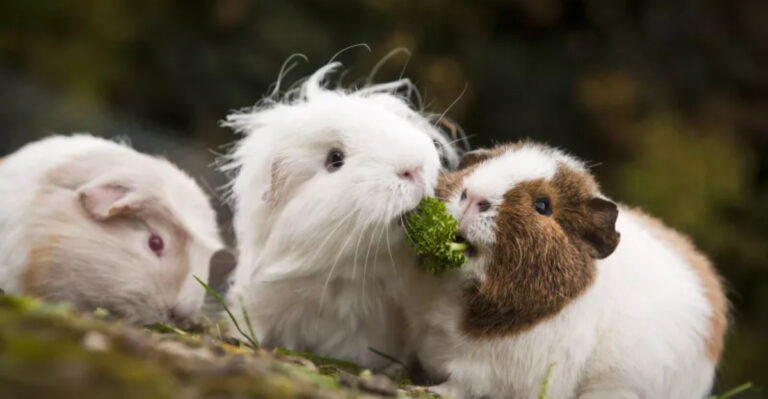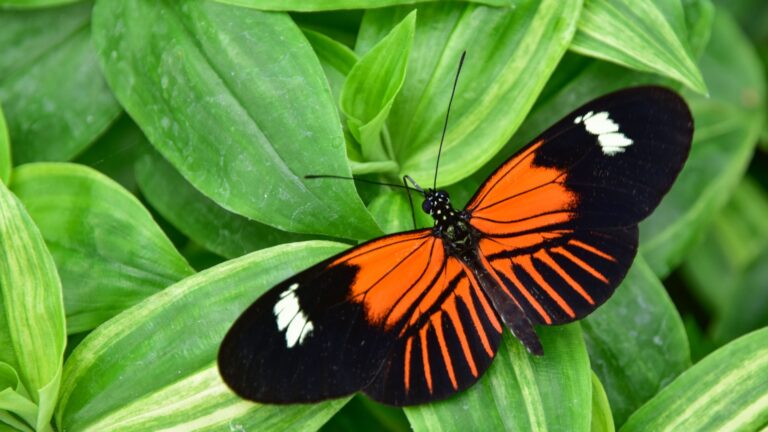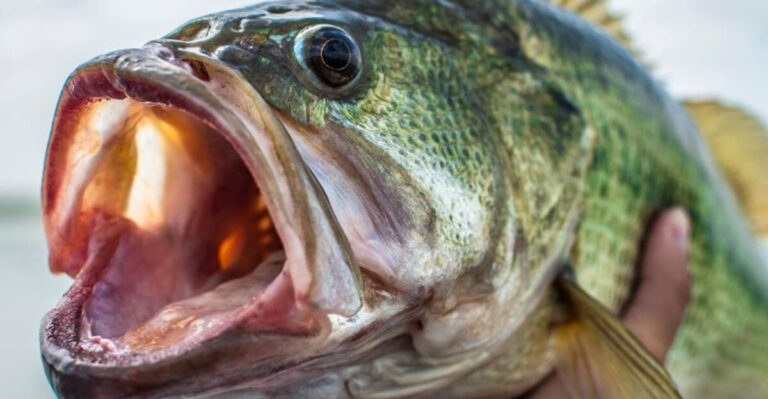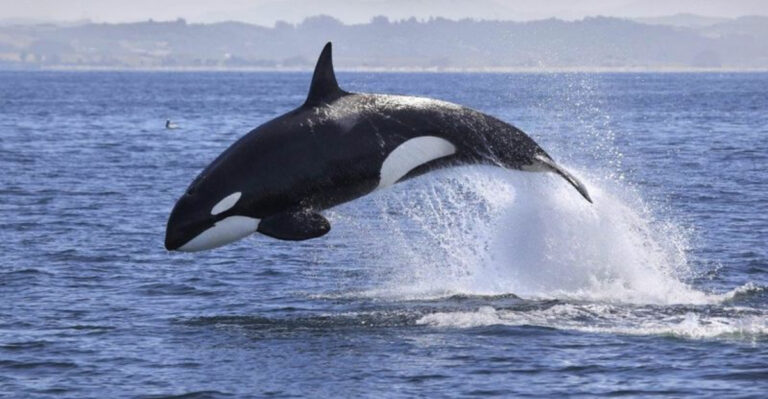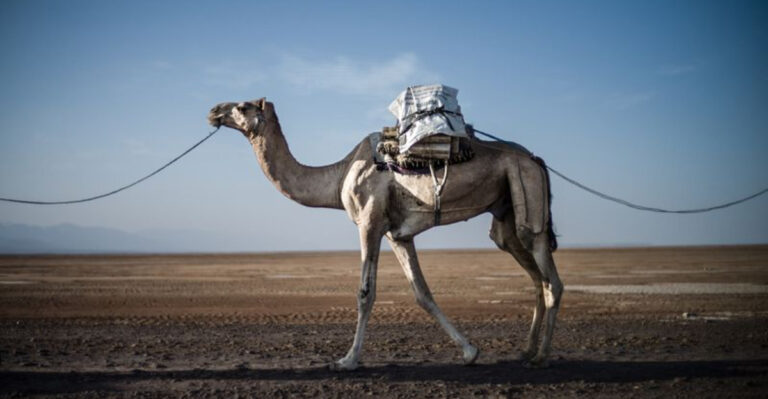12 Amazing Animals You Can Only Find In South America
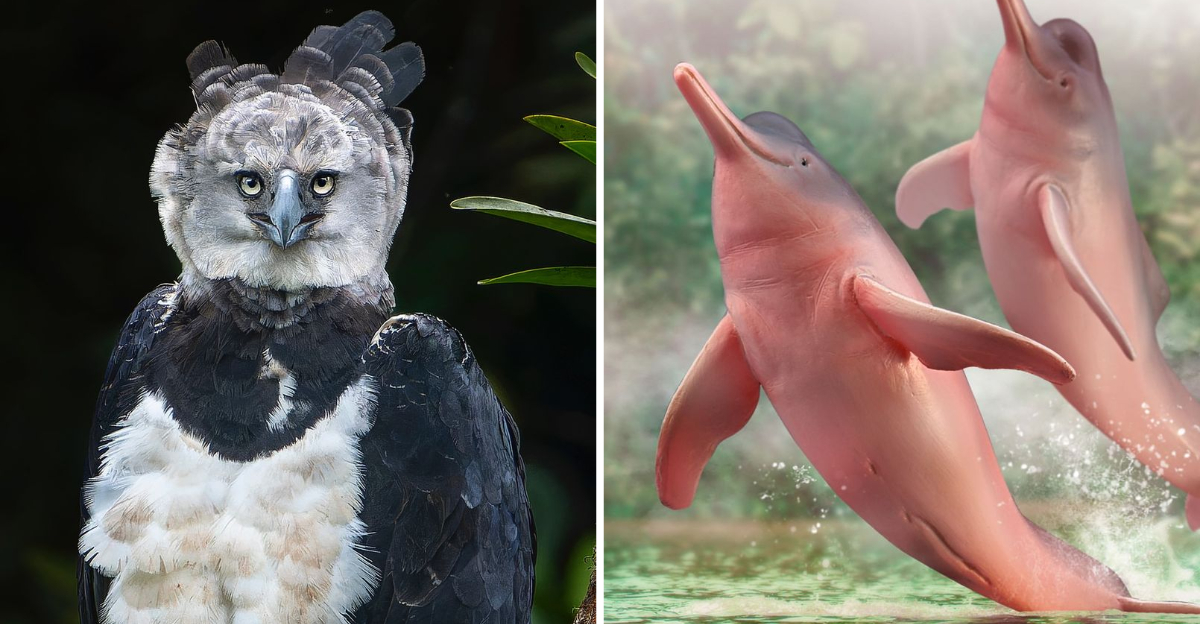
South America, a continent of incredible biodiversity, is home to some of the most unique and fascinating animals on the planet.
From the dense Amazon rainforest to the rugged Andes mountains, this region boasts a variety of habitats that nurture distinct species found nowhere else.
This list explores these remarkable creatures, each with its unique characteristics and charm. Join in on a journey through South America’s rich and diverse wildlife.
1. Capybara
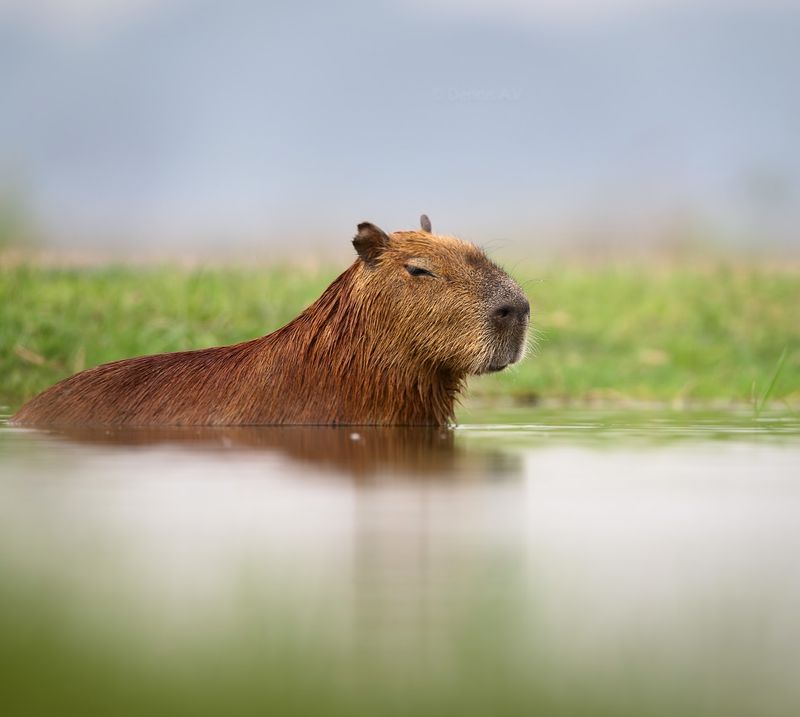
Often seen basking by the water’s edge, the capybara is the world’s largest rodent. These gentle giants are native to the wetlands of South America, where they enjoy a semi-aquatic lifestyle. Traveling in groups, they can often be spotted cooling off in rivers and ponds.
Capybaras are social animals, forming bonds with each other and even with other species. Their diet consists mainly of grasses, which they graze on throughout the day. Despite their size, they are surprisingly agile swimmers, using the water as a means of escape from predators.
Conservation efforts are important to maintain their natural habitat, which is under threat from human activity. Observers are often charmed by their calm demeanor and friendly interactions, making them a beloved symbol of South America’s unique wildlife.
2. Andean Condor
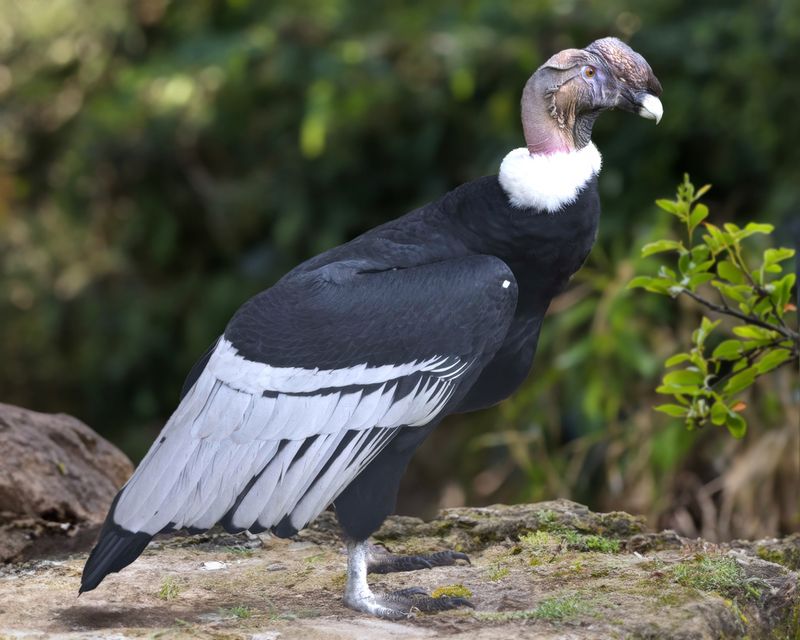
With its striking presence, the Andean condor is a true symbol of the Andes. Renowned for its massive wingspan, this majestic bird rules the skies across South America. Gliding effortlessly, it can travel great distances in search of food, which consists primarily of carrion.
The condor plays a crucial ecological role as a scavenger, keeping the environment clean and free of disease. Its cultural significance is also noteworthy, featuring prominently in the mythology and folklore of Andean cultures.
Conservationists are working tirelessly to protect this vulnerable species from threats such as habitat loss and poisoning. Witnessing an Andean condor in flight is a breathtaking experience, offering a glimpse into the grandeur of South America’s natural world.
3. Pink River Dolphin

In the heart of the Amazon Basin, the pink river dolphin captures the imagination with its unique coloration. Known locally as the “boto,” this freshwater mammal is a symbol of the Amazon’s diverse ecosystem. Its playful nature and intelligence make it a fascinating subject of study.
Unlike its oceanic relatives, the pink river dolphin is adapted to freshwater life, navigating the complex waterways with ease. Its diet includes a variety of fish, which it hunts using echolocation.
Human activities, such as deforestation and pollution, pose significant threats to their habitat. Conservation efforts are essential to ensure the survival of this enchanting creature, which continues to inspire myths and legends in the region.
4. Jaguar
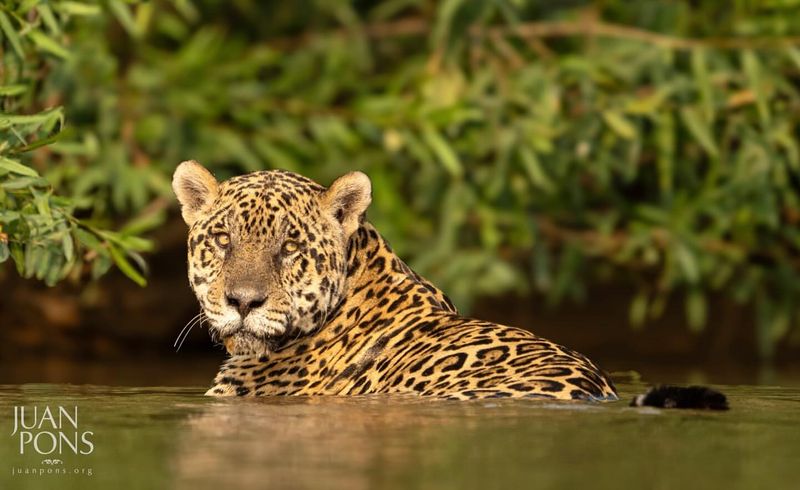
The jaguar, a symbol of power and mystery, prowls the dense jungles of South America. Known for its strength and agility, it is the apex predator of the region, often hunting at night. Jaguars are solitary creatures, relying on stealth and surprise to capture their prey.
With a diet that includes deer, capybaras, and even caimans, they play a crucial role in maintaining the balance of the ecosystem. Their distinctive rosette-patterned coat provides excellent camouflage in the forest environment.
Illegal hunting and habitat destruction threaten their population, making conservation efforts critical. The jaguar’s presence in South America’s forests symbolizes the untamed and enigmatic spirit of the wild.
5. Llama
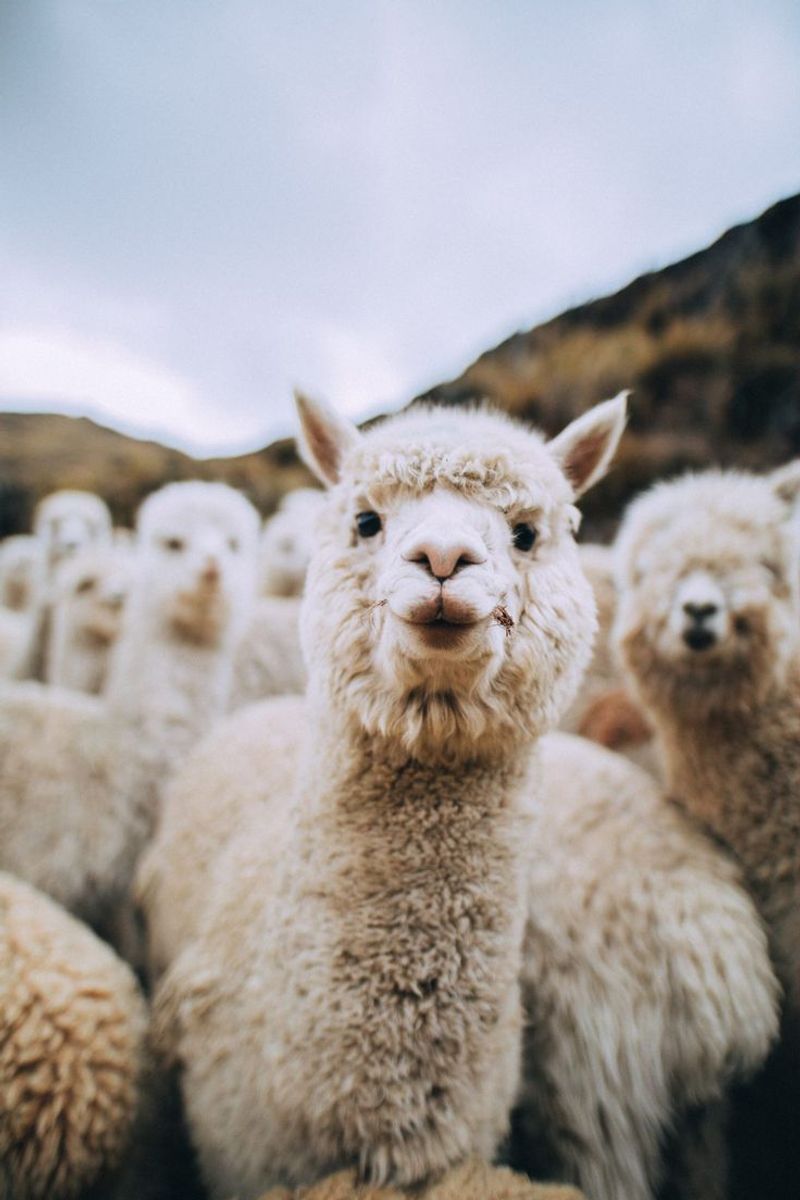
The llama, a domesticated relative of the wild guanaco, is synonymous with the Andean cultures of South America. Known for their gentle nature and endurance, llamas are used as pack animals in the rugged mountain terrain.
These social creatures are often seen grazing in herds, their thick wool coats providing warmth in the chilly Andean climate. Llamas contribute to the livelihood of local communities, offering wool, meat, and transportation.
Their curious and friendly demeanor makes them a favorite among visitors, who often encounter them in the high-altitude regions. Llamas represent the rich cultural heritage and natural beauty of the Andean region.
6. Harpy Eagle
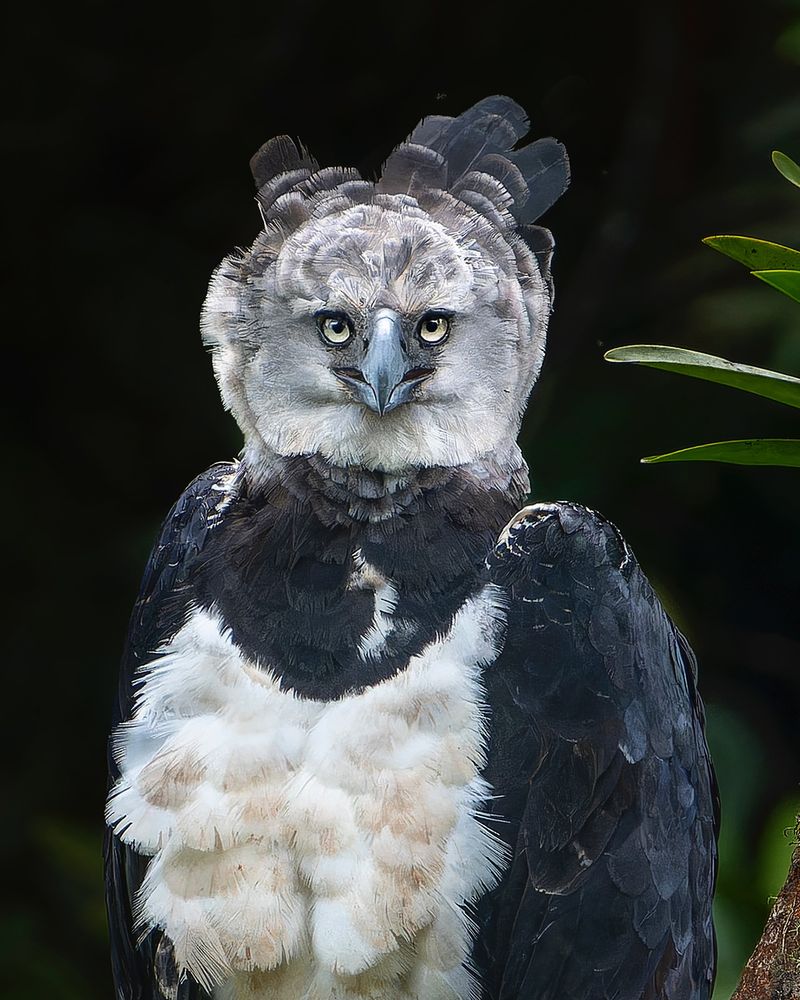
Among the most powerful birds of prey, the harpy eagle commands attention with its impressive stature. Inhabiting the tropical rainforests of South America, it is a formidable hunter, preying on monkeys, sloths, and other arboreal animals. Fun fact: It is the largest eagle in the Americas!
With sharp talons and keen eyesight, the harpy eagle is perfectly adapted to life in the dense canopy. Its striking appearance, with a crown of feathers and powerful build, makes it a revered figure in many indigenous cultures.
Habitat destruction poses a significant threat to their population, necessitating dedicated conservation efforts. The harpy eagle’s presence is a testament to the rich biodiversity of South America’s rainforests and the need to preserve these vital ecosystems.
7. Giant Anteater
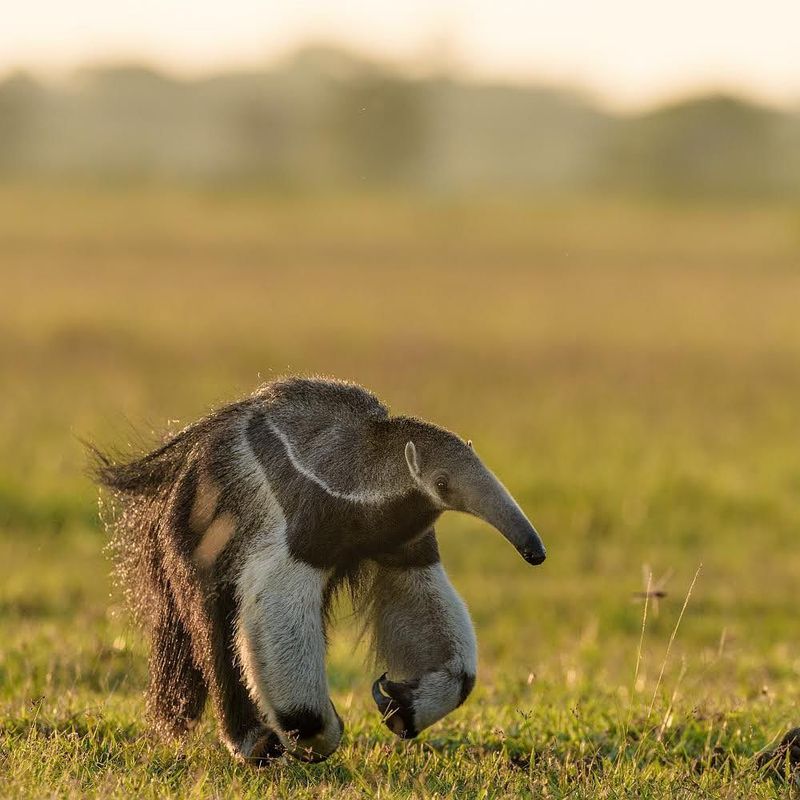
The giant anteater, with its distinctive appearance, is a unique inhabitant of South America’s grasslands. Recognized by its elongated snout and bushy tail, this creature has evolved specifically to feed on ants and termites.
Equipped with a long, sticky tongue, the giant anteater can consume thousands of insects in a single day. Solitary by nature, it roams the savannas and forests, relying on its keen sense of smell to locate food.
Habitat loss and road accidents are significant threats to their survival, prompting conservation initiatives. Observing a giant anteater in its natural habitat is a rare and rewarding experience, highlighting the diversity of South America’s wildlife.
8. Pygmy Marmoset
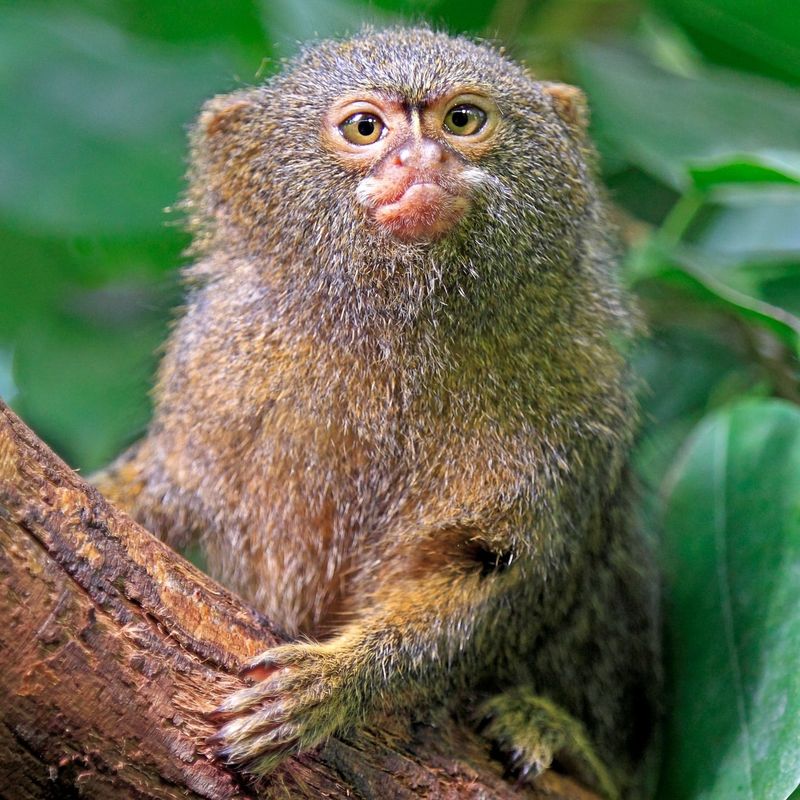
Among the smallest primates in the world, the pygmy marmoset captivates with its diminutive size and agile movements. Found in the Amazon rainforest, it is often seen darting through the branches in search of food.
Feeding primarily on tree sap and insects, these tiny creatures exhibit remarkable dexterity and social behavior. Living in small family groups, pygmy marmosets communicate through a series of high-pitched calls and gestures.
Habitat destruction poses a significant threat, making conservation efforts crucial for their continued survival. The pygmy marmoset’s playful antics and social nature offer a glimpse into the vibrant life of the Amazon’s treetops.
9. Poison Dart Frog
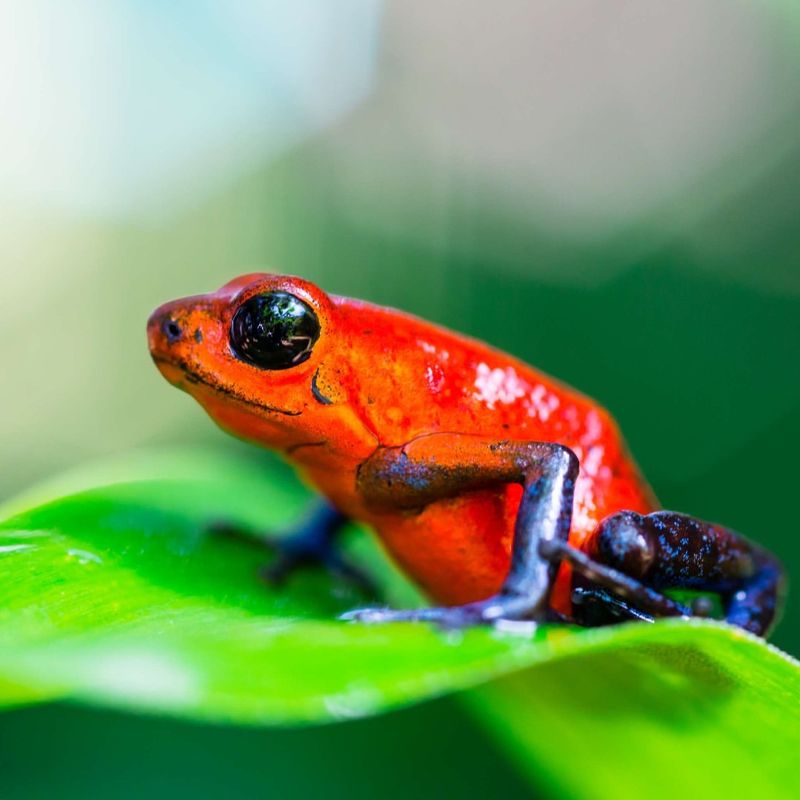
Renowned for their vivid colors, poison dart frogs are one of South America’s most intriguing amphibians. These small yet striking creatures inhabit the rainforests, their bright hues serving as a warning to predators of their toxicity.
Despite their name, these frogs do not produce poison themselves; instead, they acquire it through their diet of ants and other small insects. Their presence in the ecosystem is crucial, controlling insect populations and serving as indicators of environmental health.
Conservationists are working to protect their habitats from deforestation and climate change. The poison dart frog’s stunning appearance and unique adaptations make it a symbol of the vibrant and complex ecosystems of South America.
10. Spectacled Bear
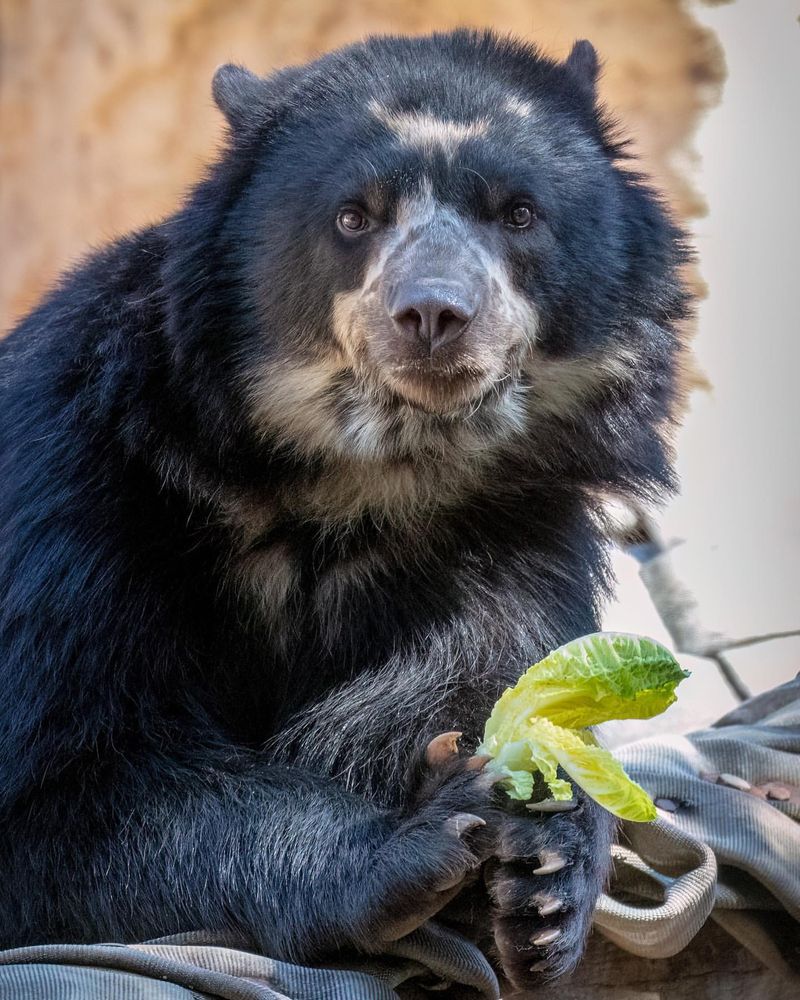
The spectacled bear, South America’s only bear species, is a rare and fascinating inhabitant of the Andes. Recognized by the distinctive markings around its eyes, it roams the cloud forests in search of fruit and small animals.
These solitary bears are adept climbers, spending much of their time in the trees. Their diet is highly varied, reflecting the diverse food sources available in their mountainous habitat.
Threats such as habitat fragmentation and poaching have led to a decline in their numbers, prompting urgent conservation action. The spectacled bear’s unique appearance and elusive nature make it a captivating symbol of the Andean wilderness.
11. Vicuna
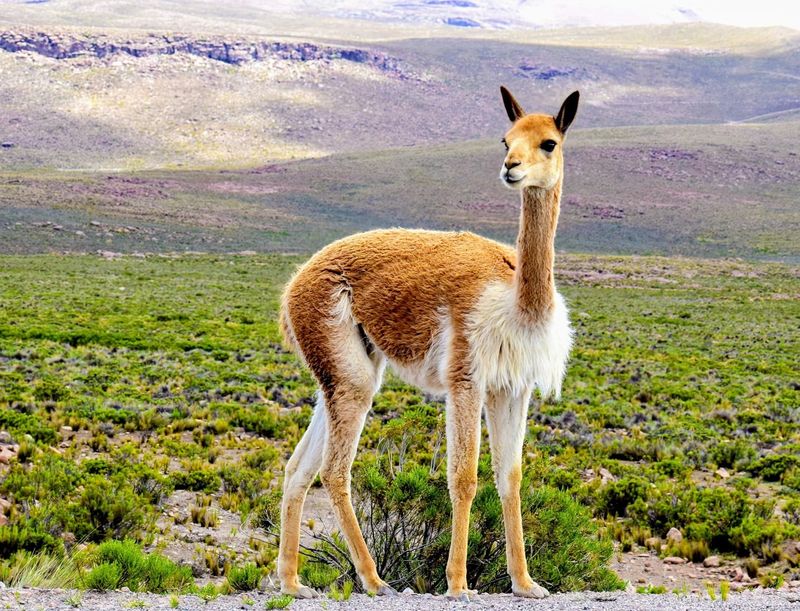
The vicuna, known for its exquisite wool, is a wild relative of the llama and alpaca. Found in the high-altitude regions of the Andes, it is well adapted to the harsh climate with its fine, insulating coat.
These graceful animals live in family groups, grazing on the sparse vegetation of the altiplano. Their wool is highly prized, considered some of the finest and softest in the world.
Conservation efforts have helped to protect vicuna populations from over-exploitation and habitat loss. The vicuna embodies the resilience and adaptability of South America’s wildlife, thriving in one of the most challenging environments on Earth.
12. Marine Iguana
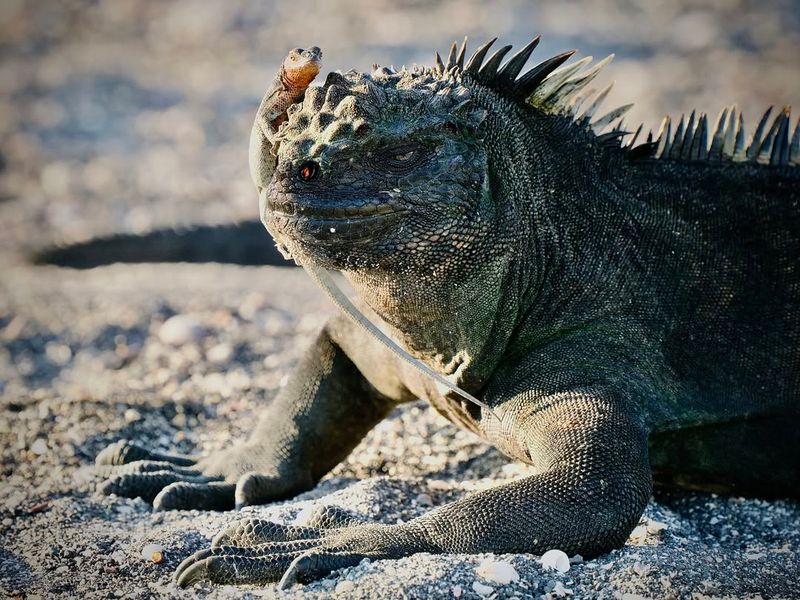
Unique to the Galápagos Islands, the marine iguana is the only lizard in the world with a marine lifestyle. Its ability to forage for algae underwater sets it apart from other iguana species, showcasing a remarkable adaptation to its environment.
Often seen basking on the rocky shores, these iguanas regulate their body temperature after swimming in the cold ocean currents. Their dark coloration aids in absorbing heat, an essential survival trait in their habitat.
Tourism and climate change pose challenges to their survival, necessitating conservation efforts. The marine iguana’s unique adaptations and striking appearance make it an iconic symbol of the Galápagos Islands’ extraordinary biodiversity.

